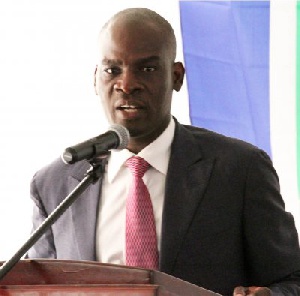Business News of Wednesday, 27 August 2014
Source: Daily Guide
Only 5.7% Ghanaians are unemployed
Findings from the Ghana Living Standards Survey 6 (GLSS) indicate that about 5.2 percent of Ghanaians are unemployed.
The report showed that unemployment rate is higher among urban dwellers.
The survey conducted by the Ghana Statistical Service (GSS) said youth unemployment rate was 5.5 percent of which females represent 5.7 percent and males, 5.2 percent.
It said unemployment rate is very high in Upper East Region and lowest in Brong Ahafo, adding that in Central and Upper West regions, unemployment rates are higher for males than females.
The report revealed that one-quarter (25.2%) of the employed population have no education and 57.2 percent had up to Basic Education Certificate Examination (BECE).
It said even though the unemployment rate (5.2%) is low, more than one-third of the working population are underemployed.
The report said about 75 percent of the population, 15 years and older are employed, majority of whom are engaged in agriculture (44.7%) and services (40.9%).
It noted two-thirds, representing 68.7 percent of the working population, are in vulnerable employment, and one-third (33.3%) of the employed persons are underemployed.
The report said the underemployed persons, 50.6 percent are self-employed and more than one-third (35.0%) are contributing family workers.
It said persons engaged in agricultural activities (61.5%) are more likely than those in non-agricultural activities (38.5%) to be underemployed.
The report said the working population is dominated by people with little (up to BECE) or no education (82.4%), stating that most of the working population work under poor conditions with no written contract with employer and low earnings.
They are not entitled to paid leave and social security, among others.
It said the composite measure of labour underutilization is 47.0 percent, stating that compared to males, females are disadvantaged for most of the indicators.
The report said about 3.2 million (20.5%) persons 15 yrs and older are economically not active, explaining that education/training (54.5%) is the main reason for inactivity.
The Ghana Living Standards Survey is a nation-wide household survey, which provides information in assessing the living conditions of Ghanaian households.











